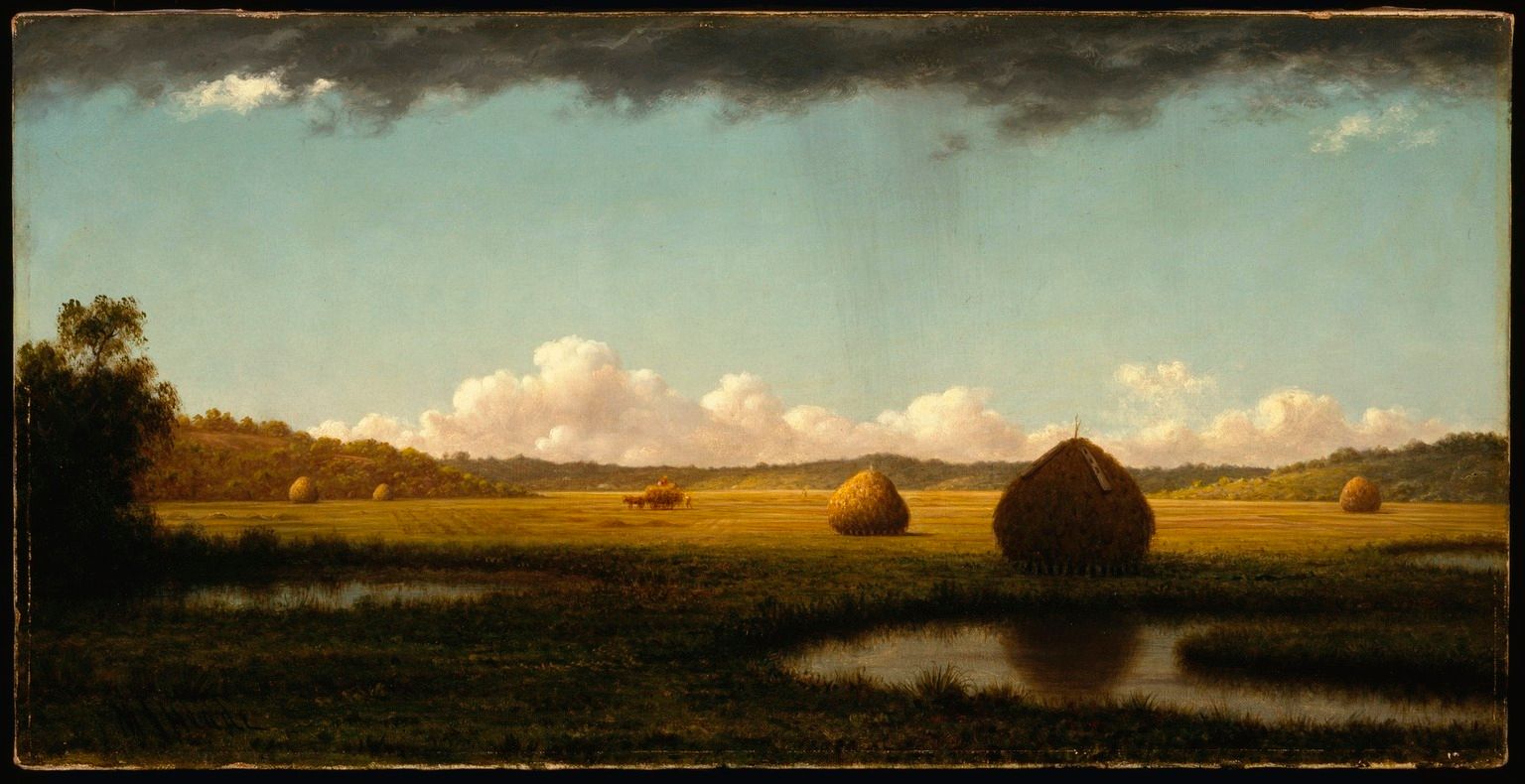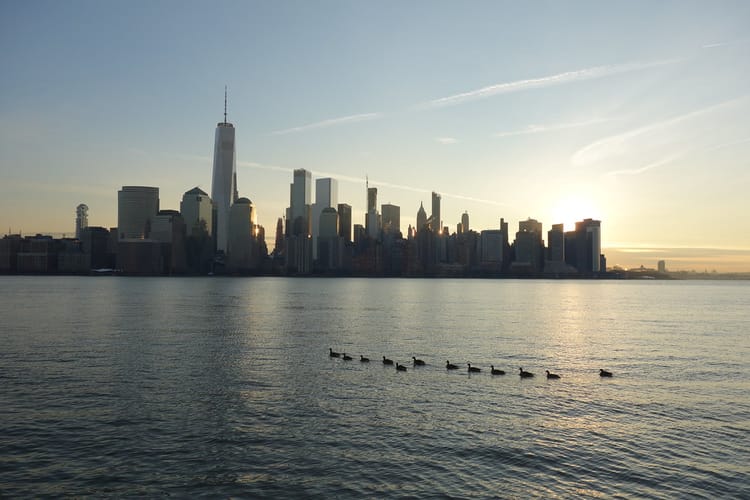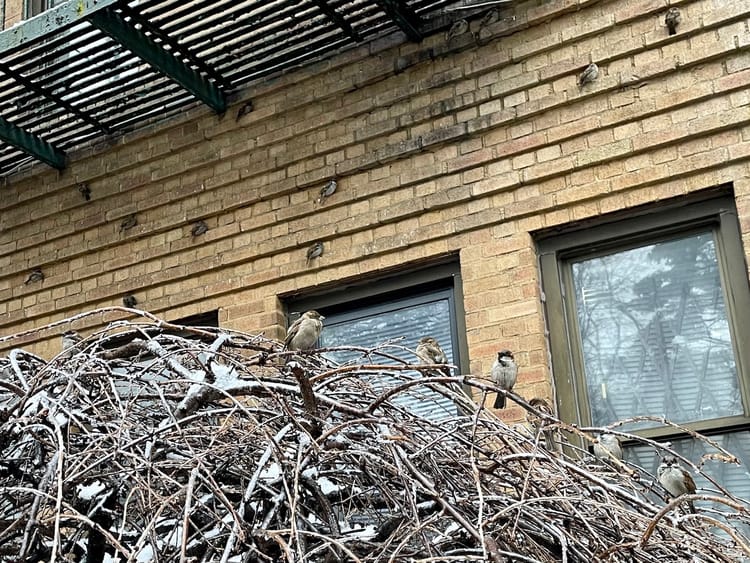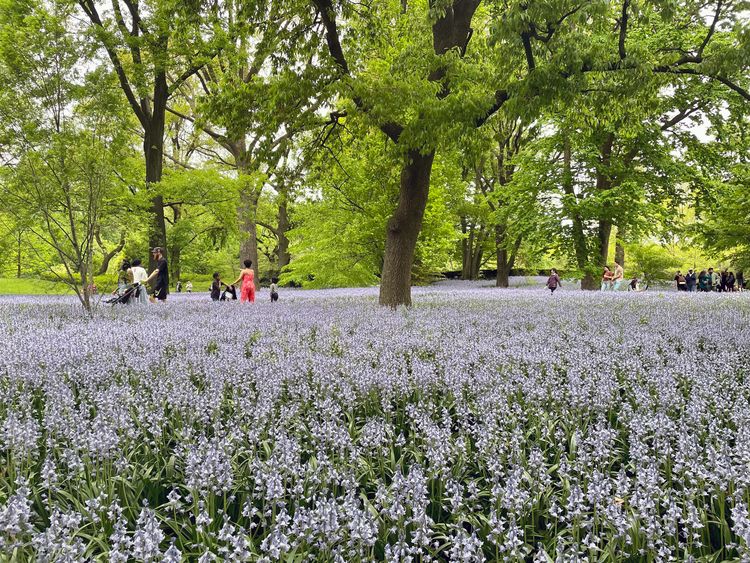Marsh Birds Wade On a Fragmented Shoreline

For a “city of hurried and sparkling waters,” as Walt Whitman once declared, the waterfronts of New York can be difficult places to access. Try to walk to a river, estuary, or canal and notice how expressways, private industrial lots, and fences persistently block your way. For the hundreds of species of migratory birds, too, their access has dwindled over the past two centuries with more than 80 percent of the city’s salt marshes filled in. Built over or obliterated for shipping canals, these vital ecosystems—which also offer protection from storm surges and capture pollutants—have been reduced to fragments. Those that survive, such as in Jamaica Bay Wildlife Refuge and Marine Park, are threatened by sea-level rise and a loss of natural sediment that once fed into them from lost streams.
It is impossible to totally reverse what has been done, but some birds visiting the city may find a haven in one acre that has been reclaimed for wetlands. Muscota Marsh debuted in 2014 on the shores of an estuary of the Harlem River in Inwood, Manhattan. With two ecosystems—one a salt marsh and another a freshwater wetland—it welcomes wading birds like Great Egrets and Black-crowned Night-Herons. These days, you might spot a Semipalmated Plover or a Spotted Sandpiper working the mudflats. A seal even made a late summer visit for a second year in a row in 2019.
If you visit Muscota Marsh, it is an opportunity not to mourn the environmental destruction to the salt marshes and other marine environments, but to appreciate what these small protections can mean. You cannot forget you are in a city here; the Henry Hudson Bridge is just there, as is a big white “C” on the cliff wall that has persisted as a Columbia University tradition for decades. But you can remember that this is a city shaped by the water and still in constant relation to its tides and currents. Look at the water here now as it changes throughout the day, exposing the mudflats or rising to the shore, these continuous shifts happening around us, even when hidden behind the urbanization that has drastically cut off our relationships to the waters.

- Salt marshes have a distinct ecology, from their flora to their fauna. That is why one wetland along the Belt Parkway is named Four Sparrow Marsh for the rare Saltmarsh, Song, Swamp, and Savannah sparrows that require undisturbed marshland for nesting.
- New York City was once an epicenter of the feather trade. Aigrettes—wispy egret plumes—were donned by fashionable dames around the turn of the 20th century. The elegant, yellow-slippered Snowy Egrets you can now see in many of our city’s marshes were hunted almost to extinction to supply Manhattan’s modistes. According to a New-York Historical Society curator, figures suggest that in 1902, 1.5 tons of egret feathers made their way to market, representing “200,000 birds and three times that many eggs” lost to hunters. The Audubon Society has its origins in the backlash against this slaughter and conservationists of the time promoted feather-free hats dubbed “Audubonnets.”
- While Muscota Marsh and Jamaica Bay Wildlife Refuge are restored habitat, other wetlands remain buried beneath our streets. Washington Square Park was once a marsh fed by Minetta Brook. When the glaciers retreated, what is now Red Hook was gouged-out land that filled with seawater and became a tidal marsh. Flushing Meadows was in fact no meadow, but another saltwater marsh. Then it became a garbage dump—F. Scott Fitzgerald’s Valley of Ashes—before its reinvention as the site of the World’s Fair. What layers lie under your skin? What landscapes do you harbor in your heart? What shorebirds slip among the reeds in your dreams?




